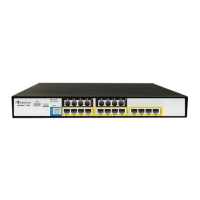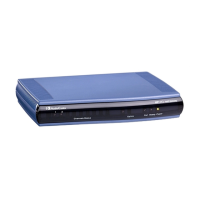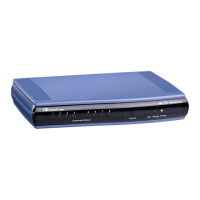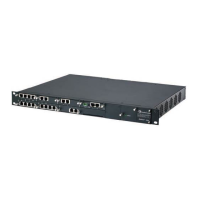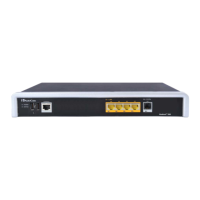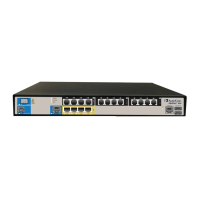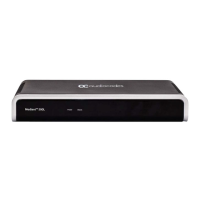User's Manual 150 Document #: LTRT-27045
Mediant 1000B Gateway & E-SBC
this feature is disabled, the device's NAT detection is according to the settings of the global
parameter, 'SIP NAT Detection' parameter (see below procedure).
To enable the NAT Detection feature (global):
1. Open the Transport Settingspage (Setup menu > Signaling & Media tab > SIP
Definitions folder > Transport Settings).
Figure 12-8: Enabling SIP NAT Detection
2. Under the General group, from the 'SIP NAT Detection' drop-down list
(SIPNatDetection), select Enable.
3. Click Apply.
12.7.2.2 Media (RTP/RTCP/T.38)
When a remote UA initiates a call and is not located behind a NAT server, the device
sends the media (RTP, RTCP, and T.38) packets to the remote UA using the IP
address:port (UDP) indicated in the SDP body of the SIP message received from the UA.
However, if the UA is located behind NAT, the device sends the RTP with the IP address of
the UA (i.e., private IP address) as the destination instead of that of the NAT server. Thus,
the RTP will not reach the UA. To resolve this NAT traversal problem, the device offers the
following features:
First Incoming Packet Mechanism - see ''First Incoming Packet Mechanism'' on page
150
RTP No-Op packets according to the avt-rtp-noop draft - see ''No-Op Packets'' on
page
151
The figure below illustrates a typical network architecture where the remote UA is located
behind NAT:
Figure 12-9: Remote UA behind NAT
12.7.2.2.1 First Incoming Packet Mechanism
In scenarios where the remote user agent (UA) resides behind a NAT server, it’s possible
that the device, if not configured for NAT traversal, will send the media (RTP, RTCP and
T.38) streams to an invalid IP address and UDP port. In other words, it will send the media
to the private IP address:port of the UA and not the public address (of the NAT server) and
therefore, the media will not reach the UA. When the UA is located behind NAT, although
the UA sends its private IP address:port in the original SIP message (INVITE), the device
receives the media packets with a source address of a public IP address:port (i.e.,
allocated by the NAT server). Therefore, to ensure that the media reaches the UA, the
device must send it to the public address.

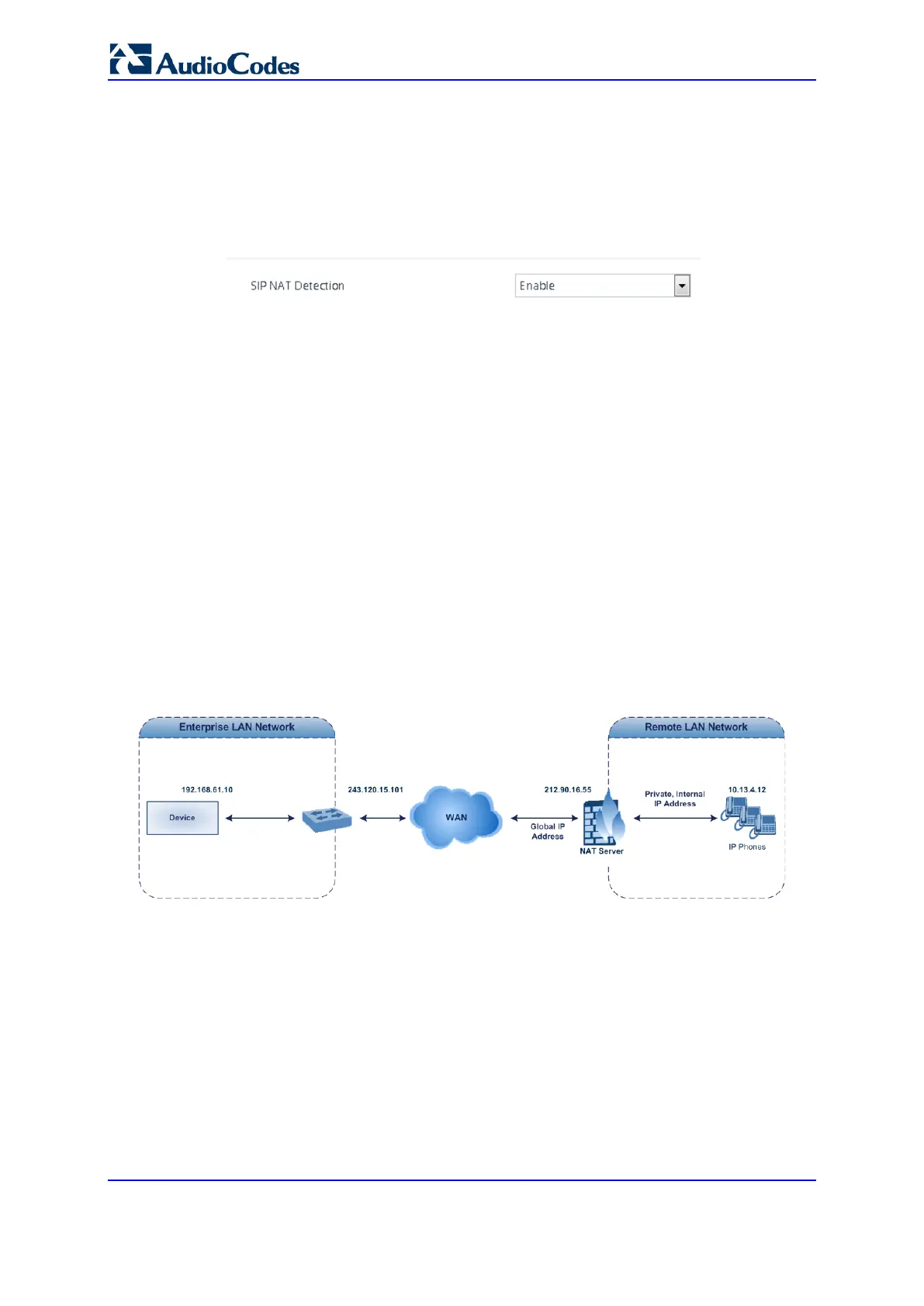